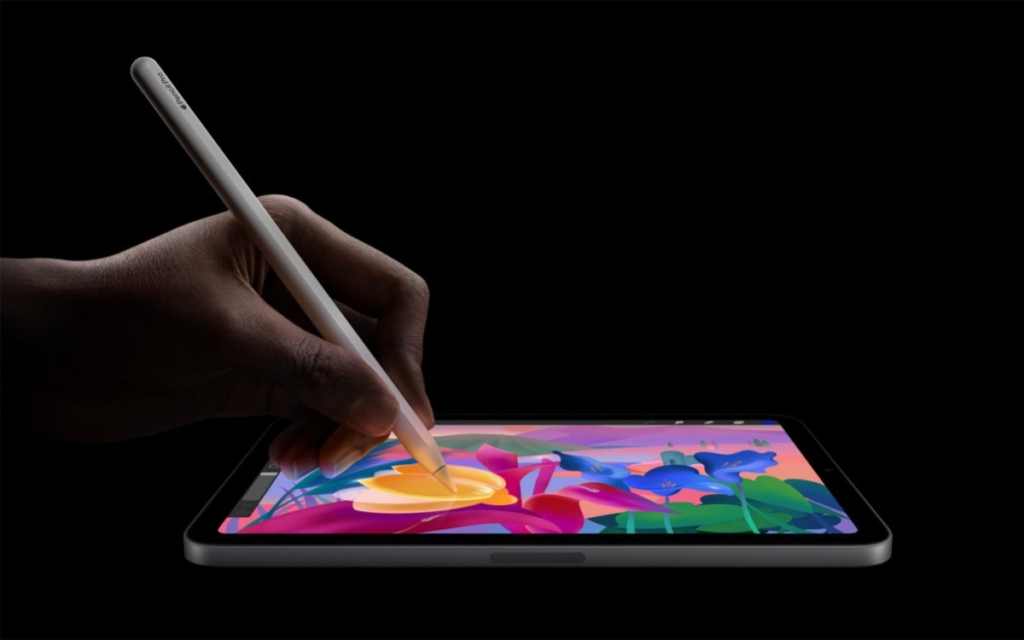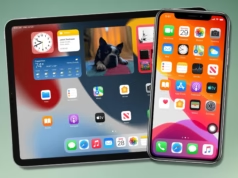Apple has recently unveiled the 7th generation of the iPad mini, featuring the highly anticipated A17 Pro chipset, the same processor seen in the iPhone 15 Pro and iPhone 15 Pro Max. However, while this sounds promising, there’s an important distinction to note. According to Apple’s official website, the new iPad mini is equipped with only a 5-core GPU, a clear indication that this is a downgraded version of the A17 Pro chipset.
A Downgraded Chipset: What Does It Mean?
The A17 Pro chipset in the iPhone 15 Pro and Pro Max is known for its powerful 6-core GPU, delivering top-tier performance for intensive tasks such as gaming and multimedia editing. In contrast, the version used in the new iPad mini has only a 5-core GPU, suggesting it doesn’t quite match the full capabilities of the chip found in the iPhones. This difference is likely due to a process called “binning.”
Binning occurs when chips are manufactured but don’t pass all the rigorous quality control tests that Apple sets for its premium devices. In this case, it’s highly possible that the A17 Pro chips with a 6-core CPU and 5-core GPU didn’t meet the standards necessary for use in the iPhone 15 Pro models. However, the chips were still functional and powerful enough to be used in other devices, such as the iPad mini. Essentially, these binned chips allow Apple to make use of otherwise less-than-perfect processors while still delivering impressive performance for the iPad mini.

Why the Downgrade?
One possible reason for this downgrade is the different performance demands between iPads and iPhones. The iPhone 15 Pro and Pro Max are designed to handle the most demanding tasks in the Apple ecosystem, such as advanced graphics rendering, augmented reality, and professional-level photo and video editing. The iPad mini, on the other hand, is aimed at a slightly different market.
While the iPad mini is certainly capable of handling a variety of tasks, its users are less likely to require the same level of performance as those of the iPhone 15 Pro. By using a slightly downgraded version of the A17 Pro chip, Apple can still offer impressive performance at a lower cost, making the iPad mini an attractive option for users who want a powerful tablet without the premium price tag.
A17 Pro Performance in the iPad Mini
Despite having one less GPU core than its iPhone counterparts, the A17 Pro in the iPad mini is expected to perform well across a range of tasks. The A17 Pro chipset is known for its efficiency and power, so even with one core deactivated, the iPad mini will still offer a high level of performance. Everyday tasks such as browsing, media consumption, and multitasking will be handled smoothly, and more demanding applications like gaming and video editing should still run efficiently, albeit with slightly lower graphical power than on the iPhone 15 Pro models.

Apple’s decision to use the A17 Pro chipset in the iPad mini, even in a reduced form, still provides users with a robust tablet experience. The chip retains its core strengths, including Apple’s advancements in artificial intelligence and machine learning, which are integral to modern apps and services.
Potential Reasons for the Chip Choice
One possible explanation for why Apple has chosen to equip the iPad mini with a binned version of the A17 Pro chipset could be due to the supply chain and production cycle. When Apple launched the iPhone 16 Pro and Pro Max, the company discontinued the iPhone 15 Pro models. It is plausible that Apple had a surplus of A17 Pro chips originally intended for the iPhone 15 Pro, and rather than letting these chips go to waste, Apple opted to use them in the new iPad mini. This decision would allow Apple to maintain production efficiency while still delivering a high-performance device at a competitive price.
The Role of iOS 18.1
The new iPad mini is expected to ship with iOS 18.1, Apple’s latest operating system. The combination of the A17 Pro chip and iOS 18.1 will ensure that the iPad mini delivers a smooth, seamless user experience. iOS 18.1 introduces several enhancements, including improved multitasking features, greater integration with Apple’s ecosystem, and more intelligent AI-driven capabilities, all of which will work hand in hand with the A17 Pro’s processing power.
Additionally, the A17 Pro chipset includes support for Apple’s neural engine, a key component in powering features like Face ID, real-time language translation, and advanced photo processing. Even with a downgraded GPU, the iPad mini will still be able to leverage these features, making it a versatile and capable device.
Availability and Pricing
The 7th generation iPad mini is available for pre-order now, with a starting price of $499. It’s set to hit shelves on October 23, making it a highly anticipated release for Apple enthusiasts and those looking for a compact, powerful tablet.

The iPad mini’s relatively affordable price point compared to other Apple devices, combined with the powerful A17 Pro chipset, makes it an appealing option for users who want a balance of performance and cost. Whether it’s for casual use, educational purposes, or even some light professional work, the iPad mini offers a lot of value, even with its slightly downgraded chip.
Conclusion
Apple’s decision to use a slightly downgraded version of the A17 Pro chipset in the new iPad mini may initially seem like a compromise, but it’s a strategic move that benefits both Apple and its customers. By utilizing binned chips, Apple can keep production costs down without sacrificing too much in terms of performance. The 5-core GPU is still more than capable of handling the tasks most iPad mini users will throw at it, and the inclusion of iOS 18.1 ensures a smooth and efficient user experience.
For those looking for a powerful tablet that doesn’t break the bank, the new iPad mini is shaping up to be an excellent option. It may not have the full power of the A17 Pro found in the iPhone 15 Pro models, but it still offers a compelling combination of performance, features, and price that will appeal to a wide range of users.






